Sliced and included gems are growing in popularity as jewelers celebrate traits once seen as imperfections.
Fine jewelry has long been associated with flawless gems cut to perfection. However, there’s been a growing appreciation for inclusions, organic outlines and sliced gems, which give each jewel a distinctive character.
While the use of included and sliced gemstones in jewelry may seem new, it is not a novel concept. In the 1960s, British jeweler Andrew Grima revolutionized jewelry-design history by taking advantage of the natural inclusions and color zoning of gemstones. Such features, once viewed as flaws, became crucial to the essence of his designs. Today, a new generation of artists continues to explore nature’s perfect imperfections.
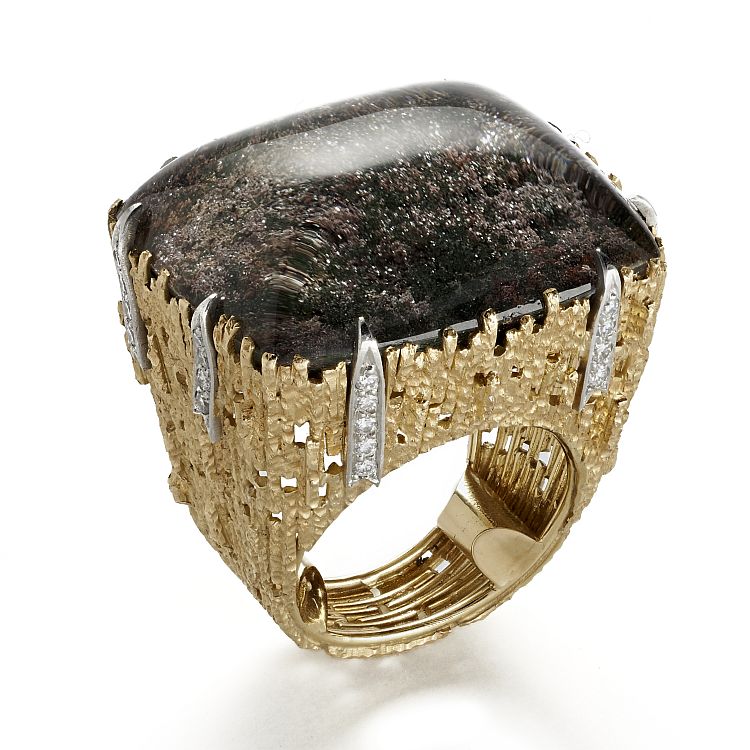
Back to nature
Jewelry artist Brooke Gregson says her penchant for inclusions stems from her background as a textile designer: They let her weave together nature’s varying colors and lustrous textures.
“Gems with inclusions have a more visible textural and multidimensional quality than those that are considered ‘clean,’” she explains. “A clean gemstone can look like any other ‘flawless’ stone, but an included gemstone has its own character, like an emotive impressionist or abstract painting.”
US-based lapidarist and designer Pamela Huizenga is no stranger to working with gems that have naturally occurring inclusions, and she celebrates rather than disguises them. “Using sliced or included stones gives people another perspective of what the rough stone looked like. Sliced gems allow you to see their raw outer edge and how the crystal is structured from the inside,” she says.
Designer Daria de Koning in Los Angeles, California, also expresses wonder at natural gem formations: “I’m fascinated [by] inclusions that create patterns or multiple colors within one gem.”
Kimberly McDonald, a New York-based jeweler who uses geodes and sliced diamonds, says inclusions are an indication that a specimen is 100% natural. “When you trace a stone back to each inclusion, each natural nuance of the stone is a representation of the history of the planet.”
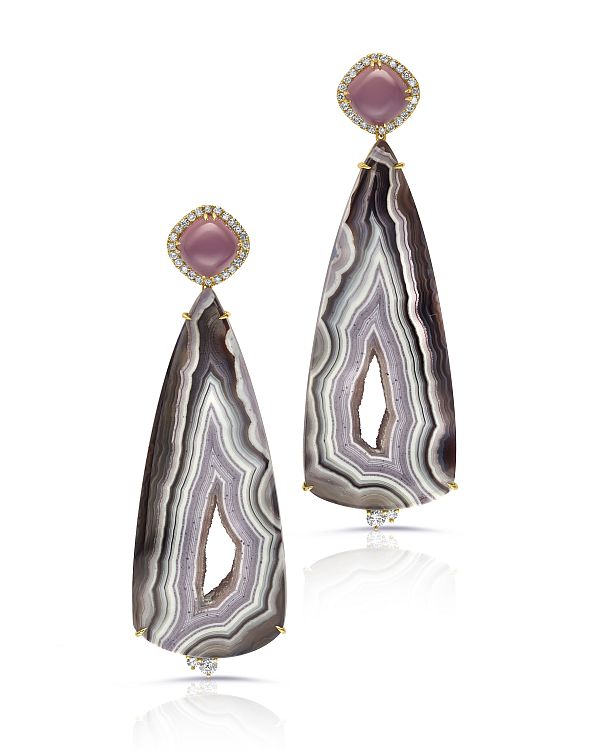
Keeping it simple
Designers have been using slices and included stones successfully for at least 10 years, says Huizenga, observing that “this genre is now more mainstream because of the number of designers using it.”
De Koning takes a more holistic approach to explaining the interest in included gems. “It’s about wanting to connect with the earth, to ground yourself,” she suggests.
McDonald expresses a similar sentiment: “Right now, we are going through something as a planet that is making us question each other to the point that we’re turning to things that have been around for millions of years.”
Motivated by their deep appreciation of the earth’s natural beauty, these designers employ simple settings to showcase the mineral kingdom. Inclusions become the protagonists, creating both casualness and elegance in jewelry.
Gregson believes imperfect gems attract a specific audience. “Mixing textures, colors and layers appeals to a more bohemian individual
with no fear [of] showing their own unique personality,” she says.
De Koning’s artistic pieces, meanwhile, are for the confident, spirited self-purchasing woman who wants to reflect her own style. Letting her creativity flow, she doesn’t follow a particular fashion, but uses her intuition.
For Huizenga, “sliced or included stones are versatile and go with any jewelry style.”
McDonald agrees, declaring that these stones “deserve to be set in the most precious settings, and for me, there isn’t a style they don’t suit.”
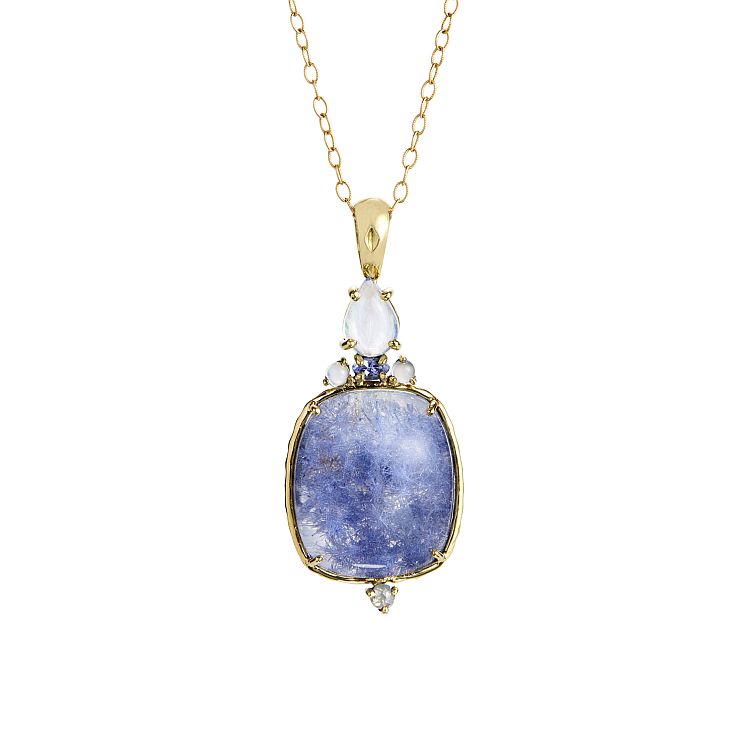
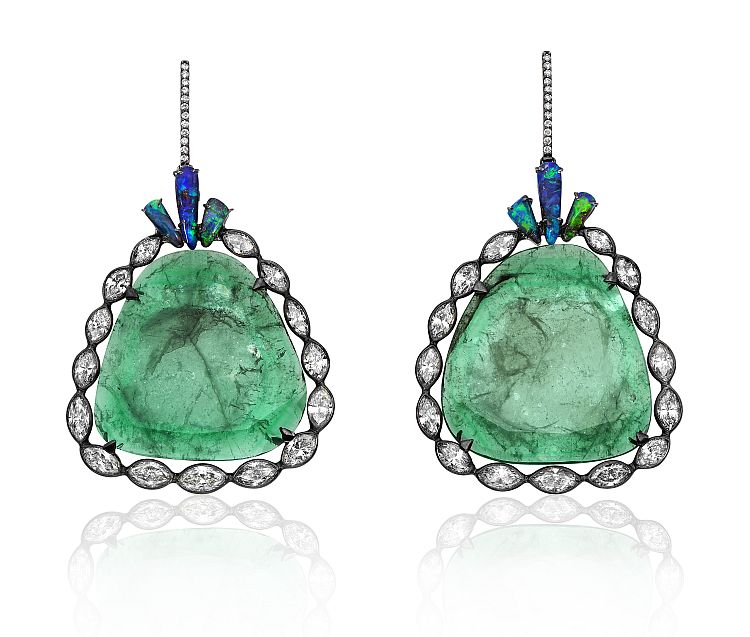
Main image: Brooke Gregson Hera ring in 18-karat gold with a 2.37-carat rainbow tourmaline and enamel.

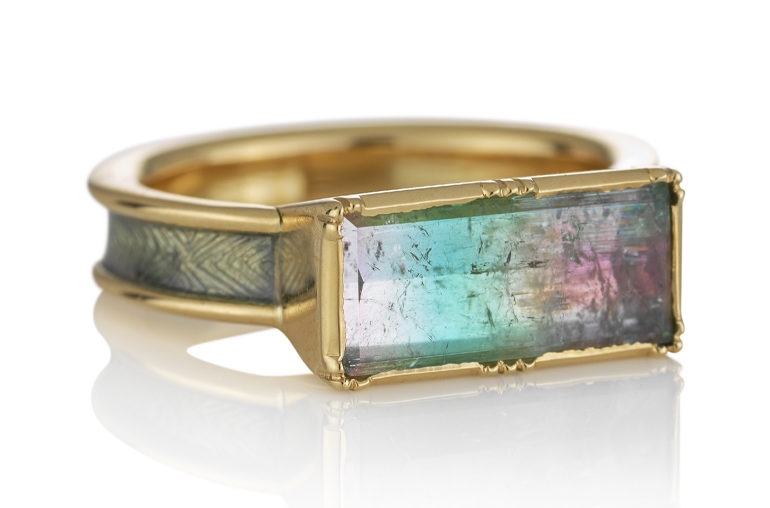
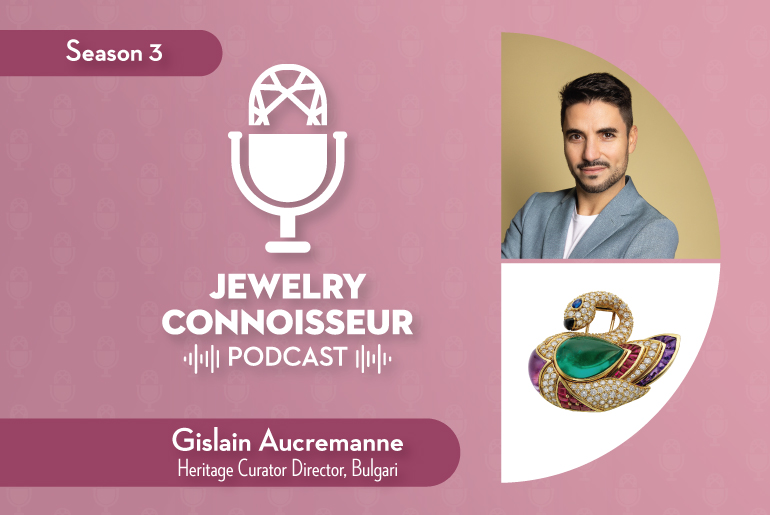
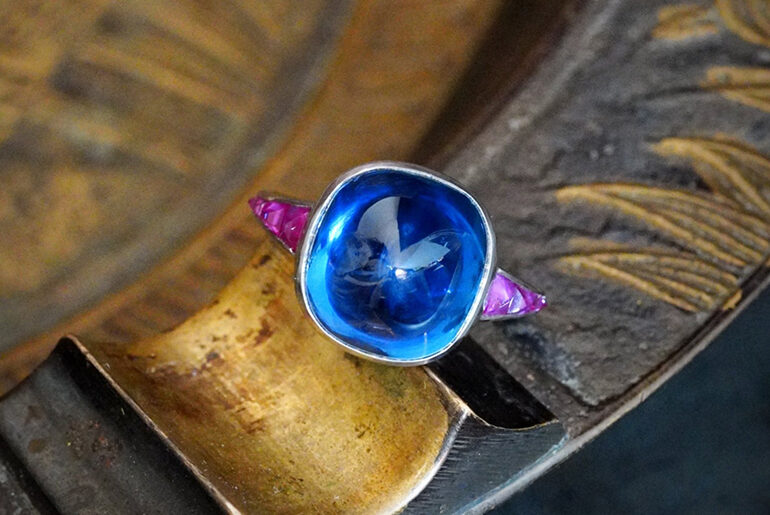
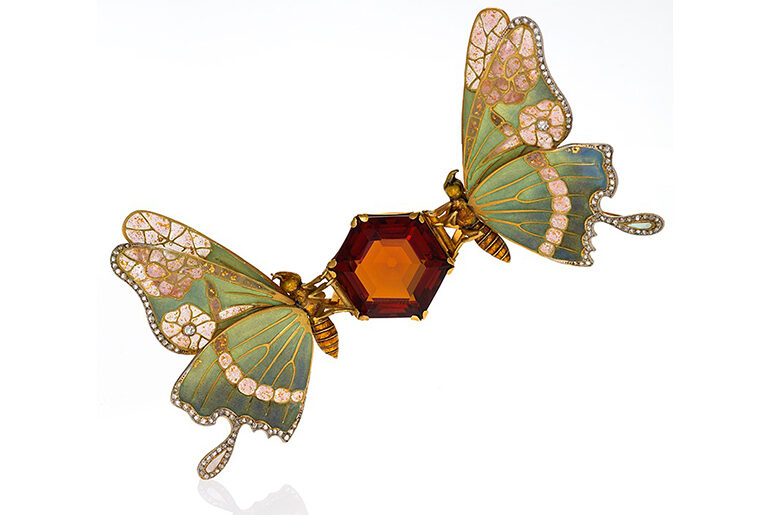
1 Comment
I consider something really special in this internet site.